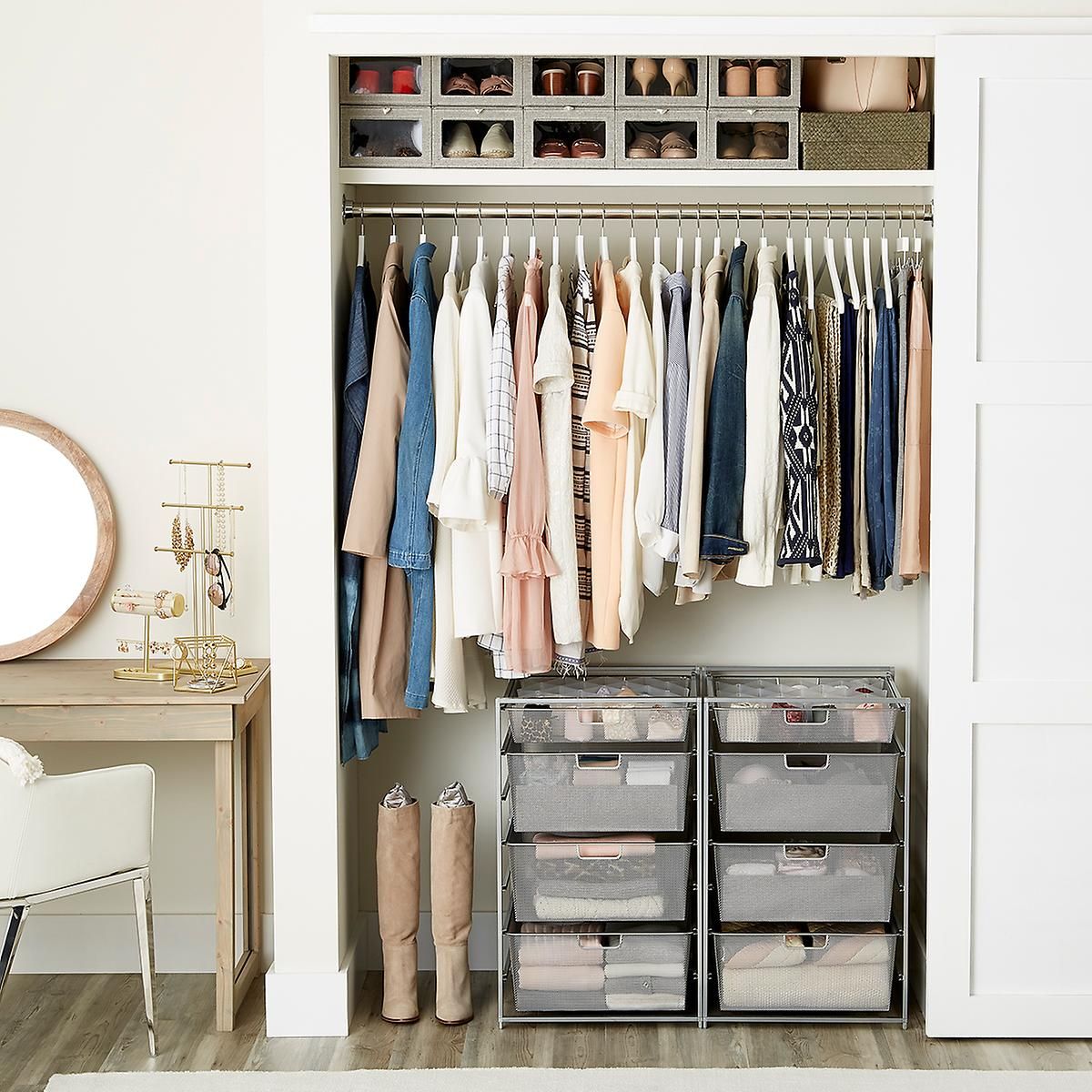

Articles
How To Organize A Storage Closet
Modified: October 28, 2024
Discover effective storage ideas and strategies to organize your closet efficiently. Maximize your space and keep your belongings organized with these storage tips.
(Many of the links in this article redirect to a specific reviewed product. Your purchase of these products through affiliate links helps to generate commission for Storables.com, at no extra cost. Learn more)
Introduction
A cluttered storage closet can be a source of frustration and stress. When items are haphazardly thrown into the closet without any organization, it becomes difficult to find what you need when you need it. However, with a little planning and effort, you can turn your storage closet into a well-organized and functional space.
In this article, we will guide you through the step-by-step process of organizing a storage closet. From assessing and sorting to maximizing space efficiency, we will provide you with practical tips and tricks to transform your cluttered closet into a streamlined haven.
By implementing the strategies outlined in this article, you will not only be able to find items more easily but also create additional storage space. So let’s get started on the journey to a well-organized storage closet!
Note: Before you begin organizing your storage closet, take the time to assess your needs. Consider the size and layout of the closet, as well as the types of items you plan to store. This will help you determine the most effective storage solutions for your specific needs.
Key Takeaways:
- Assess, declutter, and designate storage zones to transform a cluttered storage closet into an organized haven. Prioritize frequently used items and maximize space efficiency with the right containers and organizers.
- Regular maintenance and upkeep are essential for sustaining an organized storage closet. Establish habits, reassess storage needs, and encourage everyone to follow the organization system for long-term success.
Read more: How To Turn A Closet Into A Pantry
Step 1: Assessing and Sorting
The first step in organizing a storage closet is to assess the current state of the space and sort through its contents. This will help you get a clear understanding of what you have and what needs to be done to achieve maximum organization.
Start by emptying the entire closet. This may seem daunting, but it’s necessary to see what you’re working with and to create a blank canvas. As you remove items from the closet, categorize them into groups such as clothing, accessories, tools, cleaning supplies, and holiday decorations.
Next, evaluate each group of items to determine what should stay and what should go. Ask yourself the following questions:
- Do I use this item regularly?
- Do I have duplicates or similar items that can be consolidated?
- Is this item in good condition, or is it broken or no longer needed?
Be honest with yourself and let go of items that are no longer useful or meaningful to you. Consider donating or selling items that are in good condition but no longer serve a purpose.
Once you have decided which items to keep, it’s time to prioritize them. Identify the most frequently used items that you will need easy access to. These should be placed in a designated area within the closet that is easily reachable.
For items that are used less frequently, consider storing them in containers or bins that can be labeled and stacked. This will help maximize space and keep similar items together.
Note: It’s important to be realistic when assessing your storage space. Don’t overload the closet with too many items as this can lead to clutter. Leave room for future additions and make sure the closet remains functional.
Step 2: Decluttering and Purging
Now that you have sorted your items and determined what to keep, it’s time to declutter and purge any unnecessary items. This will help create more space and make the organization process easier.
Start by going through each group of items again and ask yourself these questions:
- Do I truly need this item, or is it just taking up space?
- When was the last time I used or wore this?
- Does this item have sentimental value or hold any significant memories?
Be ruthless in your decision-making. If an item no longer serves a purpose or brings you joy, it’s time to let it go. This can be a freeing experience and will clear the way for a more organized closet.
Consider donating or selling items that are in good condition but no longer needed. This not only helps you declutter but also benefits someone else who may find value in those items.
Dispose of any broken or damaged items that are beyond repair. Holding onto these types of items will only contribute to the clutter and make your storage closet less functional.
Once you have eliminated unnecessary items, take a moment to clean and dust the space. Wipe down shelves, vacuum or sweep the floor, and remove any cobwebs or debris. This will create a fresh and clean foundation for your newly organized storage closet.
Note: Decluttering and purging is an ongoing process. Regularly reevaluate your items to ensure you continue to only keep what is necessary and meaningful to you.
Step 3: Designating Storage Zones
Now that you have assessed and decluttered your storage closet, it’s time to establish designated storage zones. This step is crucial for maintaining an organized and easily accessible space.
Begin by dividing the closet into sections based on the types of items you plan to store. For example, you may have separate sections for clothing, accessories, tools, sports equipment, or holiday decorations.
Consider the frequency of use for each category and assign prime real estate within the closet accordingly. Items that are frequently used should be placed at eye level or within arm’s reach for easy access.
Utilize the vertical space in your closet by installing shelves, hooks, or hanging organizers. These can be used to store items such as handbags, scarves, belts, or tools. Maximize wall space by installing pegboards or magnetic strips to hold small items and keep them visible and easily accessible.
For bulky or oversized items, such as suitcases or winter gear, designate a specific area or utilize the floor space. Consider using storage bins or baskets to keep these items contained and organized.
When assigning storage zones, think about grouping similar items together. This will not only make it easier to find specific items but also create a cohesive and organized look.
Note: It’s important to create a logical and functional flow within the storage closet. Arrange items in a way that makes sense to you and allows for efficient retrieval and storage.
Step 4: Choosing Containers and Organizers
Choosing the right containers and organizers is essential for maintaining an organized storage closet. These storage solutions not only keep your items neatly contained but also maximize space and make it easier to find what you need.
Start by assessing the size and shape of your storage closet. This will help determine what types of containers and organizers will fit best in the space. Consider using a combination of open and closed storage solutions, depending on your preference and the items you plan to store.
Plastic bins with lids are versatile and great for storing items that need protection from dust or moisture. Opt for clear bins to easily see the contents inside. Label each bin so you know what items are stored within, making it easier to locate what you need.
Invest in stackable storage containers to maximize vertical space. These containers are perfect for storing items such as shoes, accessories, or seasonal clothing. They help create a streamlined and tidy appearance while saving valuable floor space.
Consider using drawer organizers or dividers within your closet for smaller items like socks, belts, or jewelry. This helps keep these items sorted and prevents them from becoming a tangled mess.
Hanging organizers, such as shoe racks or accessory organizers, can be attached to the closet rod or door to store items in a space-efficient manner. These organizers are especially useful for storing accessories, small handbags, or cleaning supplies.
If you have shelves in your storage closet, utilize storage baskets or fabric bins to hold loose items or smaller items that may easily topple over. Label each basket or bin to keep it organized and easily accessible.
Note: When choosing containers and organizers, opt for sturdy and durable materials. Consider the weight and quantity of the items you plan to store to ensure the containers can handle the load.
Use clear plastic bins to store items and label them for easy identification. Group similar items together and utilize vertical space with shelves or hanging organizers. Keep frequently used items within easy reach.
Read more: How To Clean Out Closet
Step 5: Maximizing Space Efficiency
Efficiently utilizing the available space in your storage closet is crucial for creating an organized and functional setup. With a few strategies, you can maximize every inch of space and make the most of your storage area.
One of the most effective ways to optimize space is by using vertical storage solutions. Install adjustable shelving or modular storage systems that can be customized to fit your specific needs. This allows you to utilize the height of the closet and create multiple levels of storage.
In addition to shelves, utilize hooks, pegboards, or magnetic strips on the walls to hang items such as tools, gardening equipment, or cleaning supplies. This not only declutters the floor space but also keeps frequently used items within reach.
Make use of the door by installing an over-the-door organizer or a shoe rack. This is a great spot to store items like shoes, accessories, or cleaning supplies. It’s a space-saving solution that keeps items visible and easily accessible.
If your storage closet has deep shelves, use sliding bins or baskets that can be pulled out for easy access to items at the back. This eliminates the need to reach and rummage through the entire shelf, saving both time and effort.
Consider using space-saving hangers for clothing items. These hangers are slim, allowing you to fit more garments in the same amount of space. You can also use cascading hangers to hang multiple garments vertically.
Furthermore, use the inside of large storage containers or baskets to store small items. Place dividers or small containers inside to keep similar items grouped together and prevent them from getting mixed up.
Note: Regularly reassess and rearrange your storage closet to ensure that you are making the most of the available space. As your storage needs change, be flexible and adapt your organization system accordingly.
Step 6: Labeling and Categorizing
Labeling and categorizing your storage closet is a crucial step in maintaining an organized and efficient space. Clear labels help you quickly identify the contents of containers or shelves, saving you time and effort when searching for specific items.
Start by creating a system for categorizing your items. Divide them into logical groups based on their type, usage, or frequency of access. This could include categories such as clothing, accessories, tools, cleaning supplies, or holiday decorations.
Once you have established your categories, label each storage container, bin, or shelf accordingly. Use a label maker, adhesive labels, or even handwritten labels. Place the labels in a visible and consistent location, such as the front or top of containers.
Be as specific as possible when labeling. Instead of simply labeling a box as “Miscellaneous,” try to provide more detailed information like “Electronics Cables” or “Craft Supplies.” This makes it easier to locate specific items in the future.
Consider using color-coded labels or A-Z alphabetical labels for easier navigation. This can be especially useful when you have a large number of containers or multiple shelving units.
For items stored on shelves, use clear plastic or acrylic dividers to create sections. Label each section to indicate the contents. This helps maintain a tidy and organized appearance.
Don’t forget to label the outside of the storage closet itself. You can use a whiteboard or adhesive labels to list the categories or provide a brief overview of the contents. This serves as a helpful reference guide and reminds you to maintain the organization system.
Note: Regularly review and update your labels as needed. As items are added or removed from the storage closet, ensure that labels accurately reflect the current contents.
Step 7: Maintaining and Upkeeping
Once you have successfully organized your storage closet, it’s important to establish habits to maintain its tidy and functional state. Regular maintenance and upkeep will prevent clutter from building up and ensure that your organization systems continue to work effectively.
Here are some tips for maintaining and upkeeping your storage closet:
- Set a regular schedule for decluttering and purging. Designate specific times throughout the year to assess your items and get rid of anything that is no longer needed or useful.
- Put items back in their designated spots after each use. This simple habit prevents items from piling up and maintains the organization of your storage closet.
- Do occasional deep cleaning of the storage closet. Vacuum or sweep the floor, wipe down shelves, and remove any dust or debris. This keeps the space clean and prevents the accumulation of dirt.
- Regularly check for any signs of damage or wear on containers, bins, or organizers. Replace or repair any damaged items to ensure the longevity and functionality of your storage systems.
- Periodically reassess your storage needs and make adjustments to your organization system. As your needs change, be flexible and modify the layout or categorization of items to better suit your current situation.
- Avoid overcrowding the storage closet. Make sure there is enough space between shelves or containers to easily retrieve and return items without causing disarray.
- Encourage everyone in your household or workplace to follow the organization system and put items back in their designated places. This collective effort maintains the organization and reduces the chances of clutter.
- Regularly revisit your labels and update them as needed. Add or remove categories, change labels that have become faded or outdated, or create new labels to accommodate any new items you acquire.
By implementing these maintenance strategies, your storage closet will remain organized and functional, saving you time and reducing stress whenever you need to access stored items.
Note: Consistency is key when it comes to maintaining an organized storage closet. Develop a routine that works for you and stick to it to ensure long-term success.
Conclusion
Organizing a storage closet may seem like a daunting task, but with the right approach and strategies, it can be a rewarding and transformative experience. By following the steps outlined in this article, you can turn your cluttered storage closet into a well-organized and efficient space.
Assessing and sorting through your items, decluttering and purging the unnecessary, designating storage zones, choosing the right containers and organizers, maximizing space efficiency, labeling and categorizing, and maintaining and upkeeping are all crucial steps in the organization process.
Remember, organization is an ongoing process. Regularly reassess your storage needs, purge items that are no longer necessary, and maintain your organization systems. By doing so, you will ensure that your storage closet remains functional and clutter-free.
An organized storage closet offers numerous benefits. It saves time by allowing you to easily find what you need, reduces stress by eliminating clutter, and maximizes space by utilizing it efficiently. Additionally, an organized storage closet creates a visually appealing and calming environment.
So, roll up your sleeves and begin your journey to an organized storage closet. Your efforts will pay off in the form of a space that is not only functional but also enjoyable to use.
Remember, organization is a process, and it may take time to establish new habits and systems. Be patient with yourself and celebrate your accomplishments along the way. With persistence and dedication, you can transform your storage closet into a well-organized haven.
Frequently Asked Questions about How To Organize A Storage Closet
Was this page helpful?
At Storables.com, we guarantee accurate and reliable information. Our content, validated by Expert Board Contributors, is crafted following stringent Editorial Policies. We're committed to providing you with well-researched, expert-backed insights for all your informational needs.
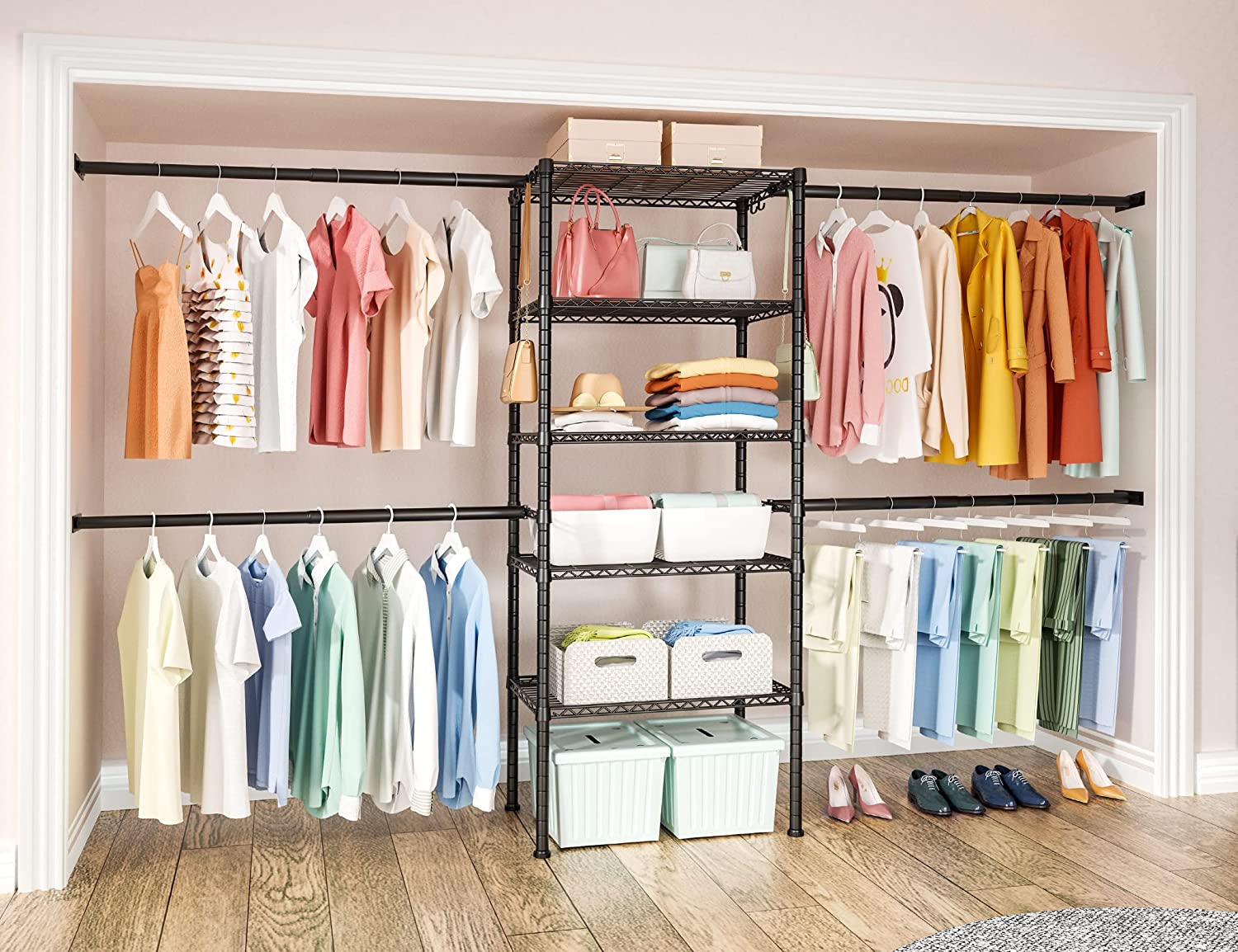

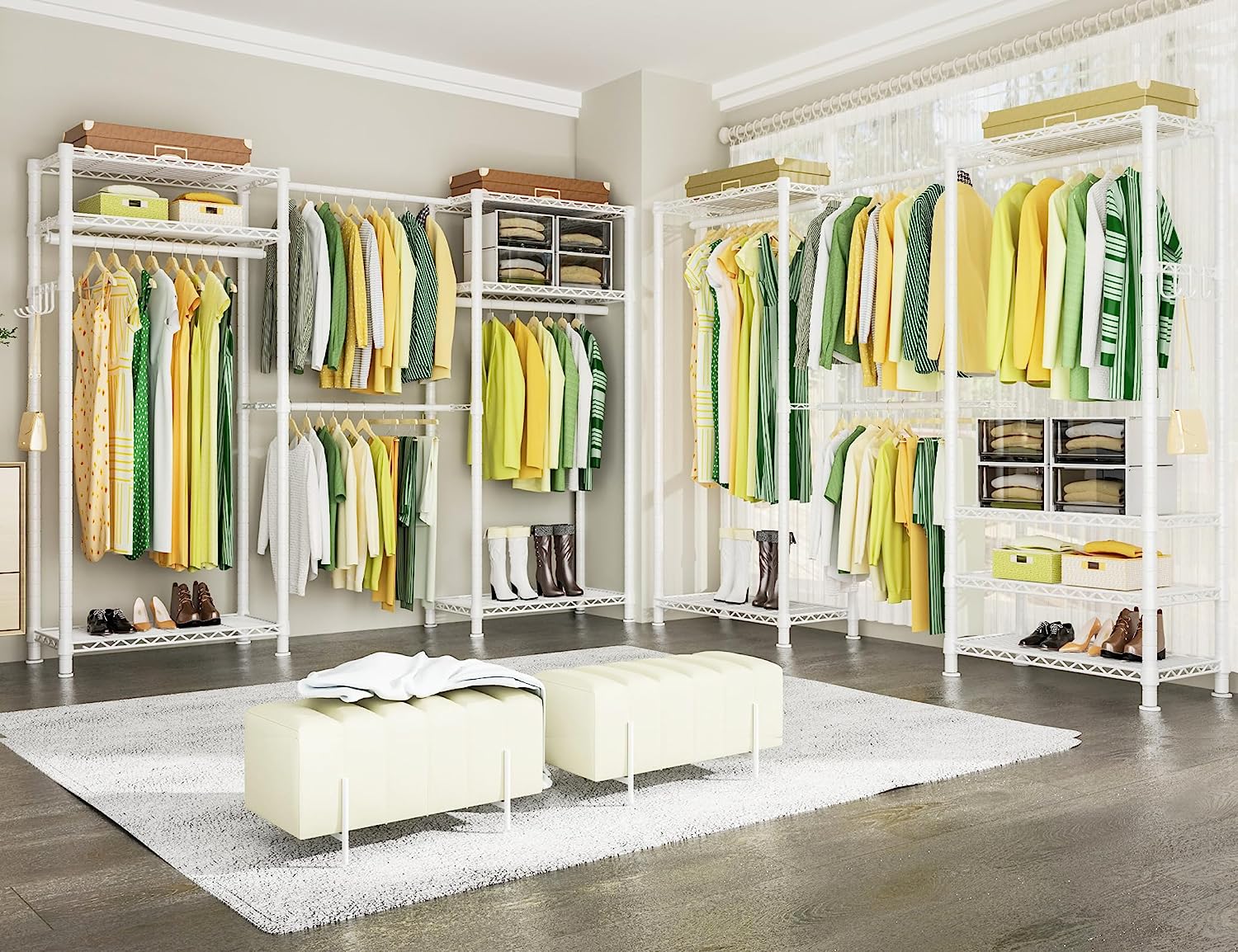
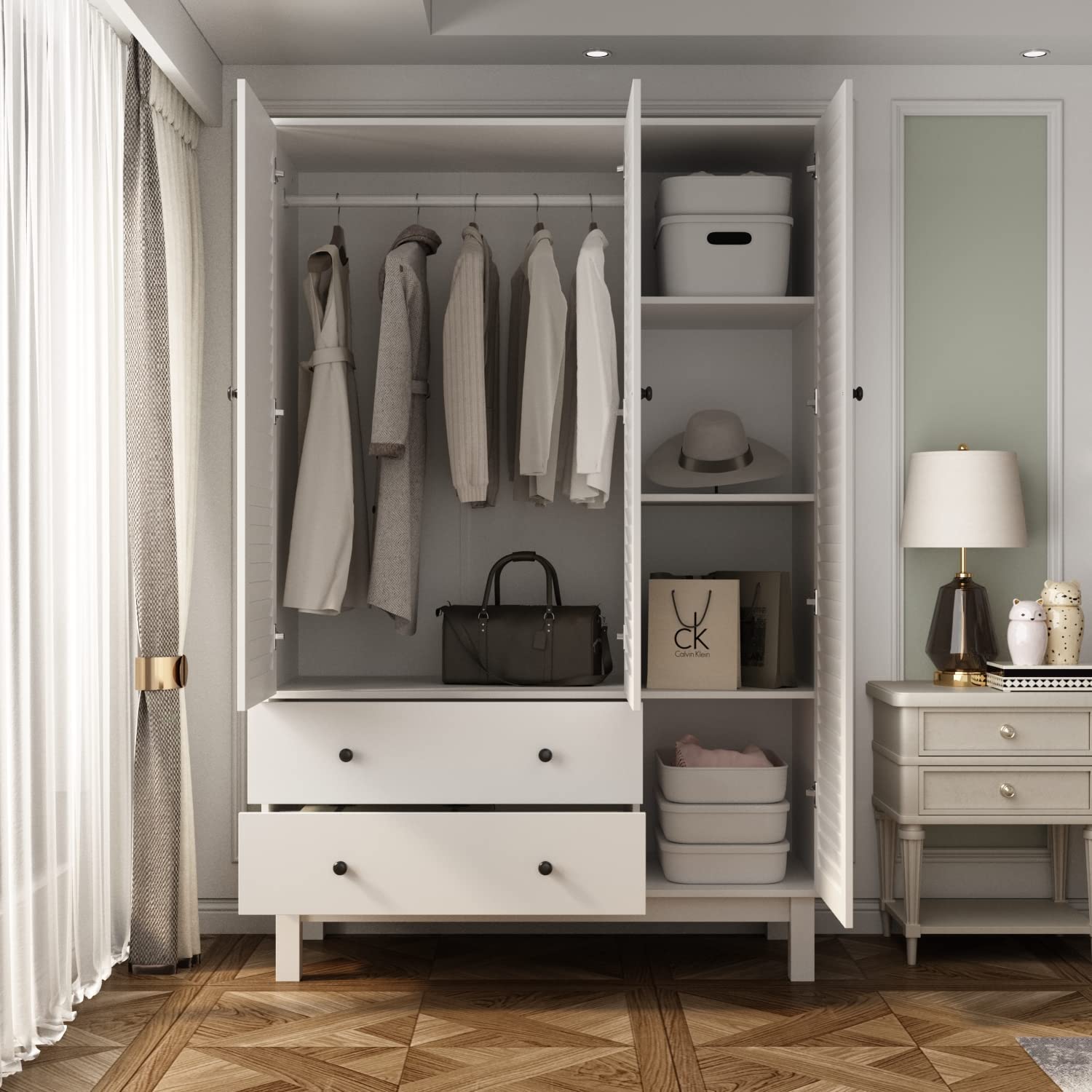

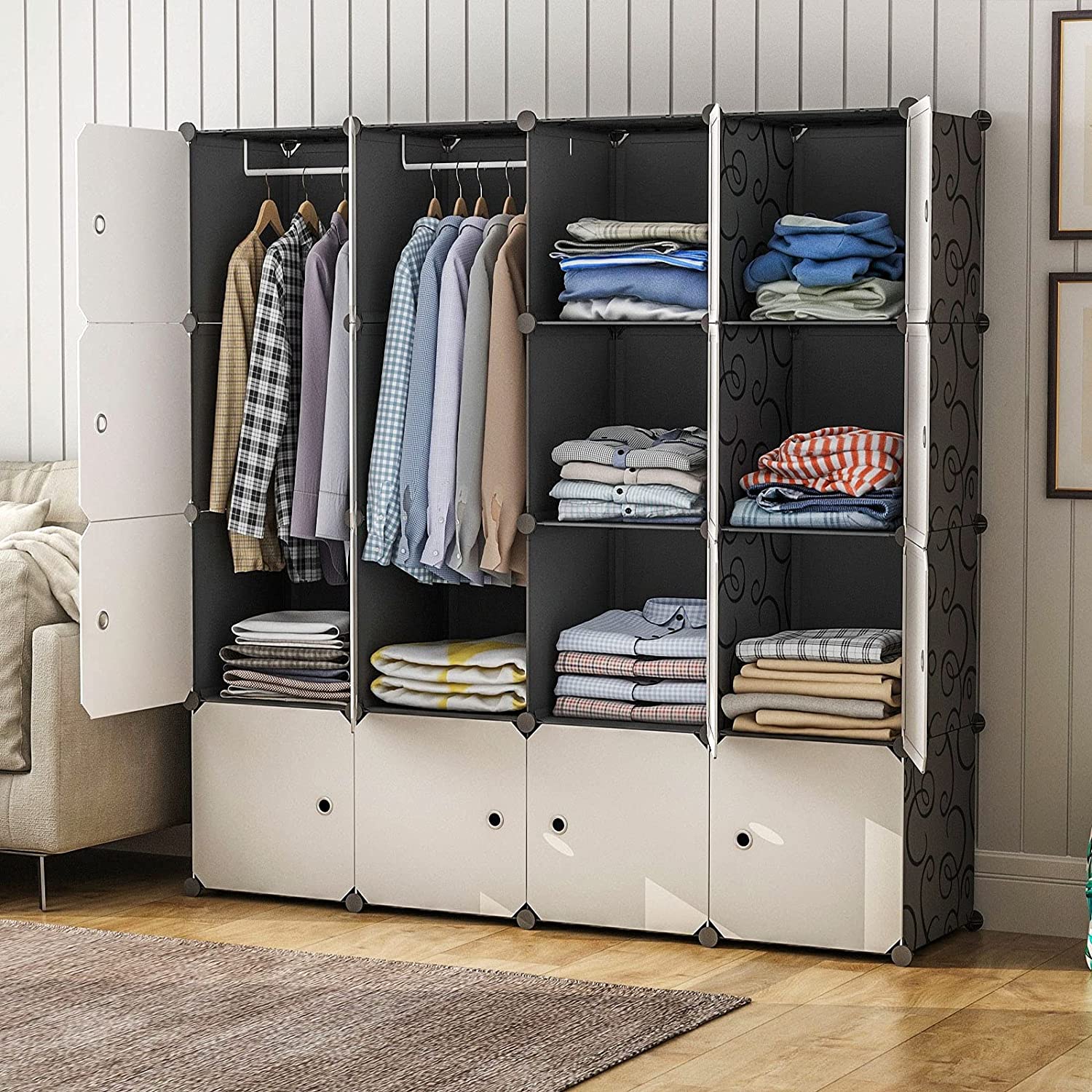
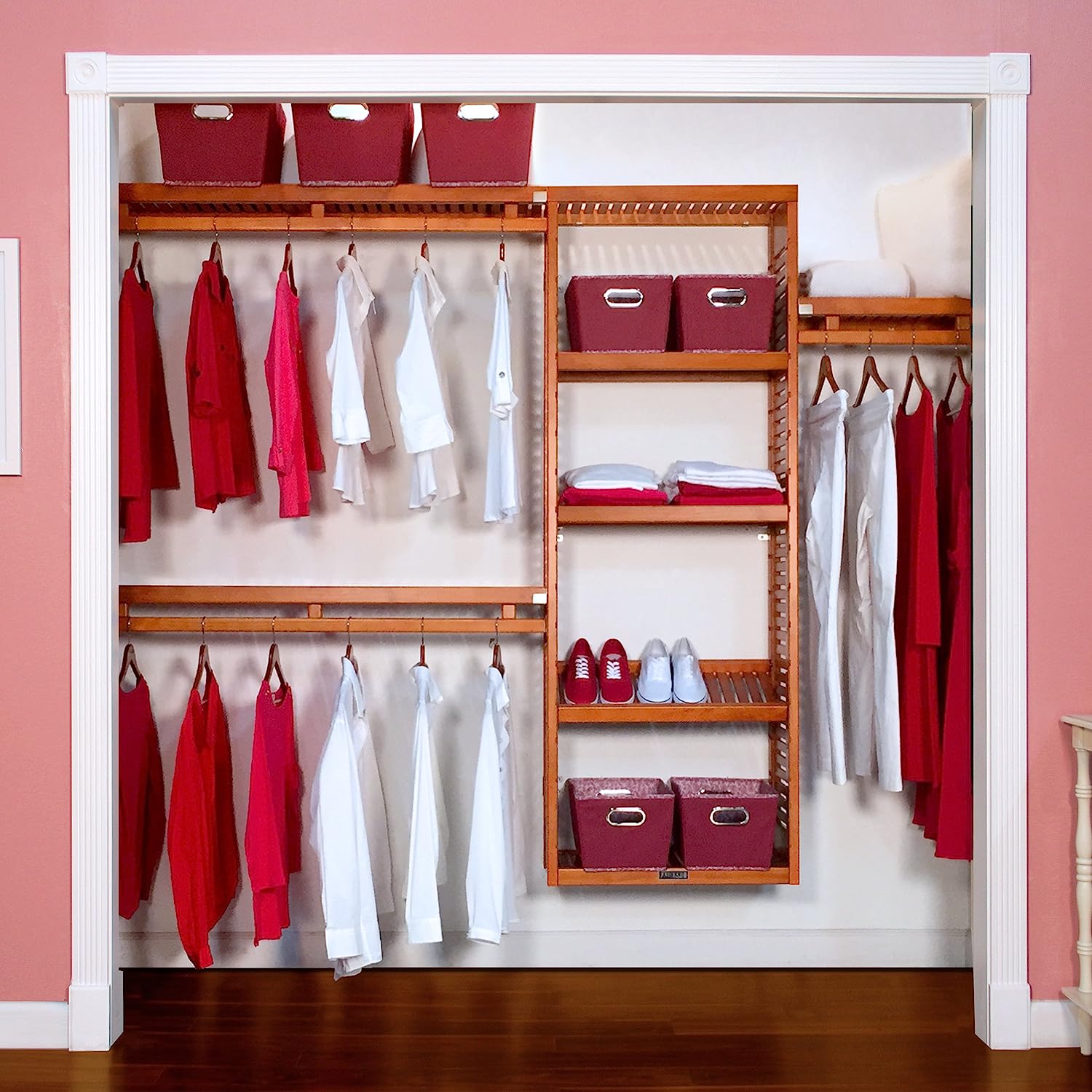
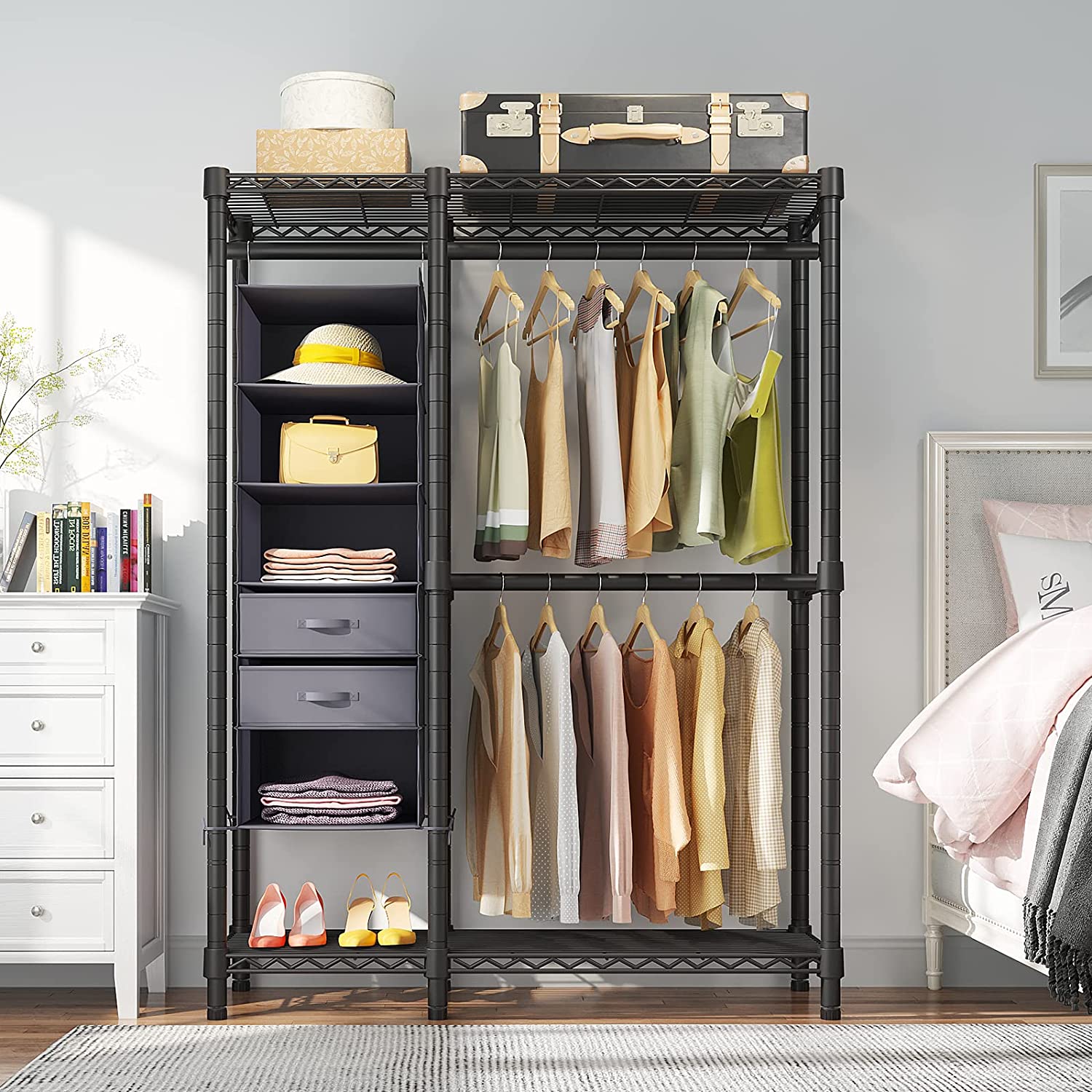
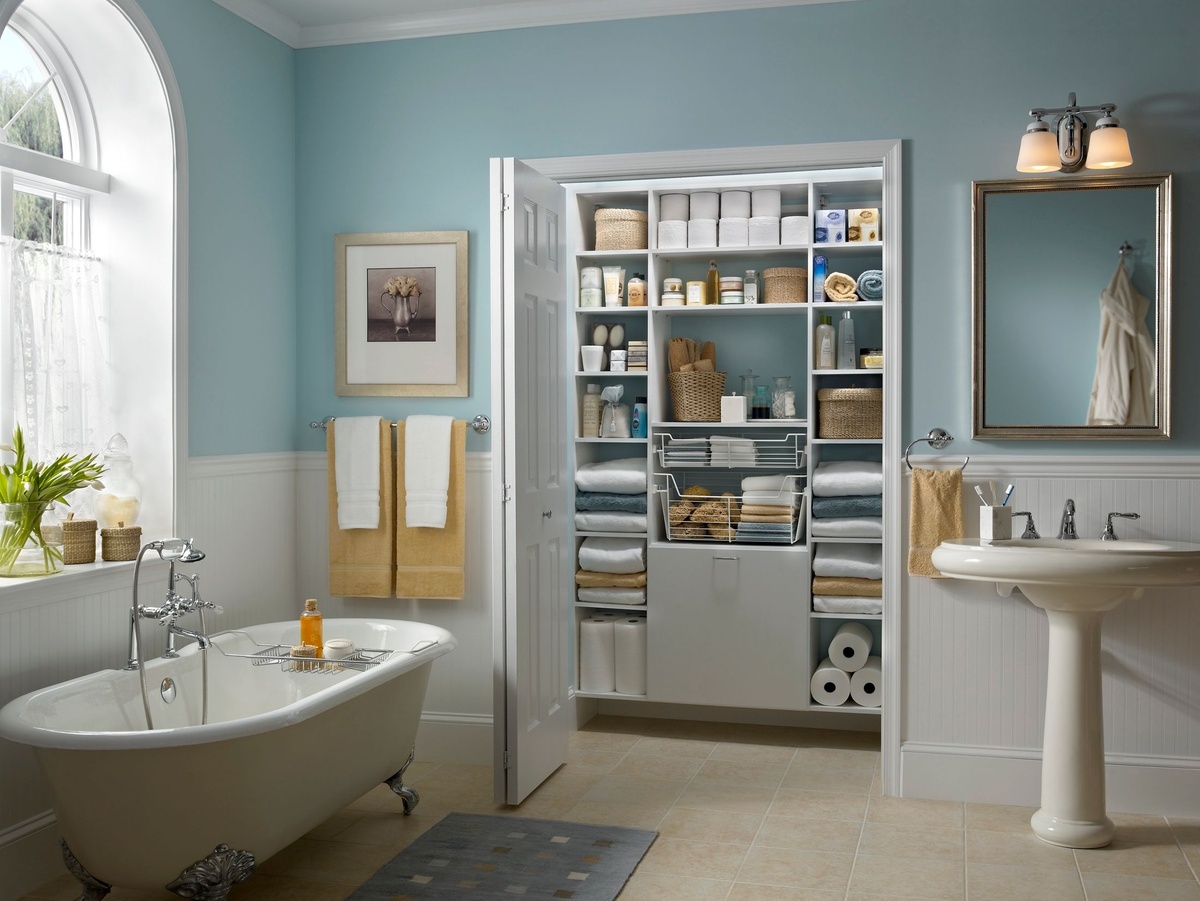
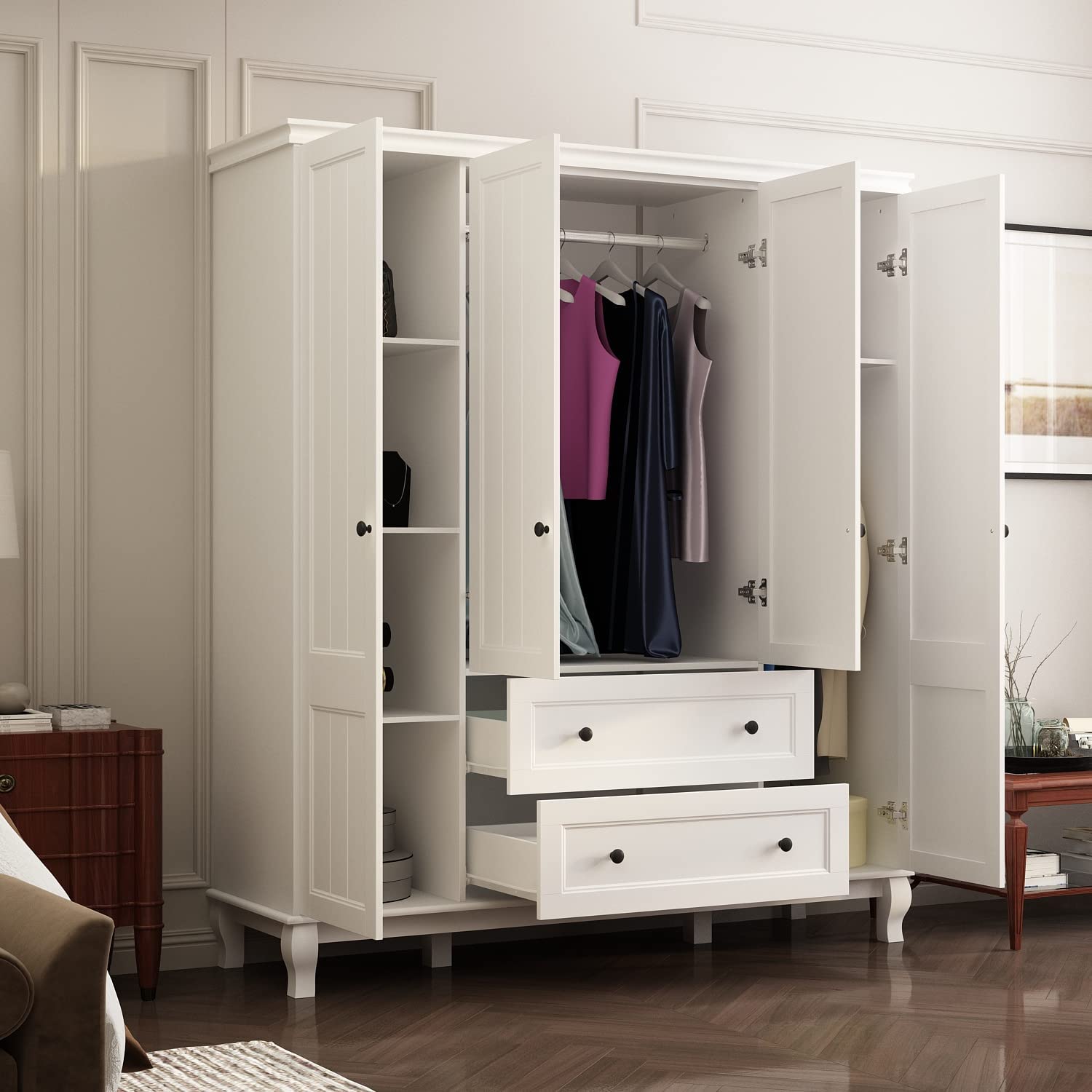

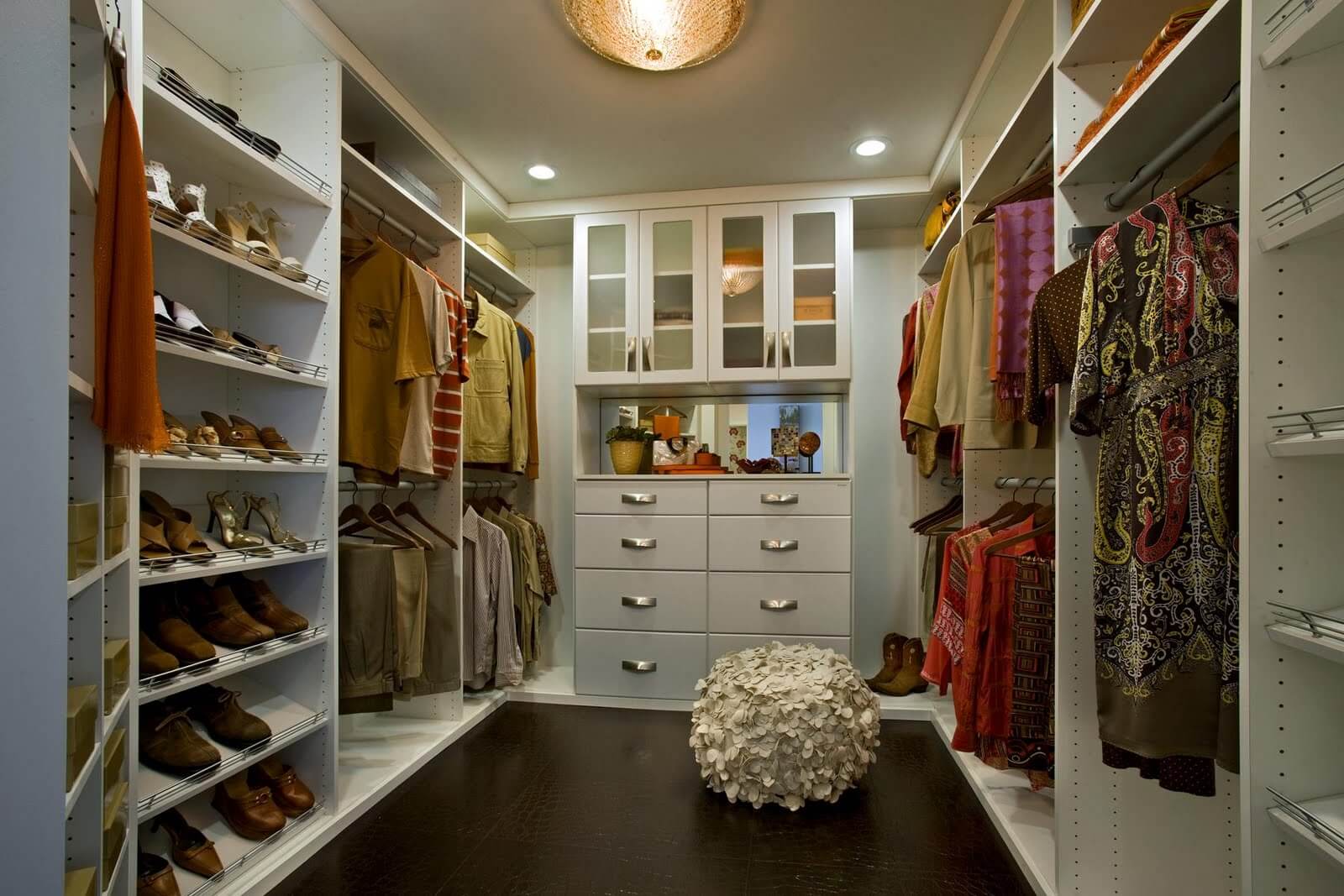
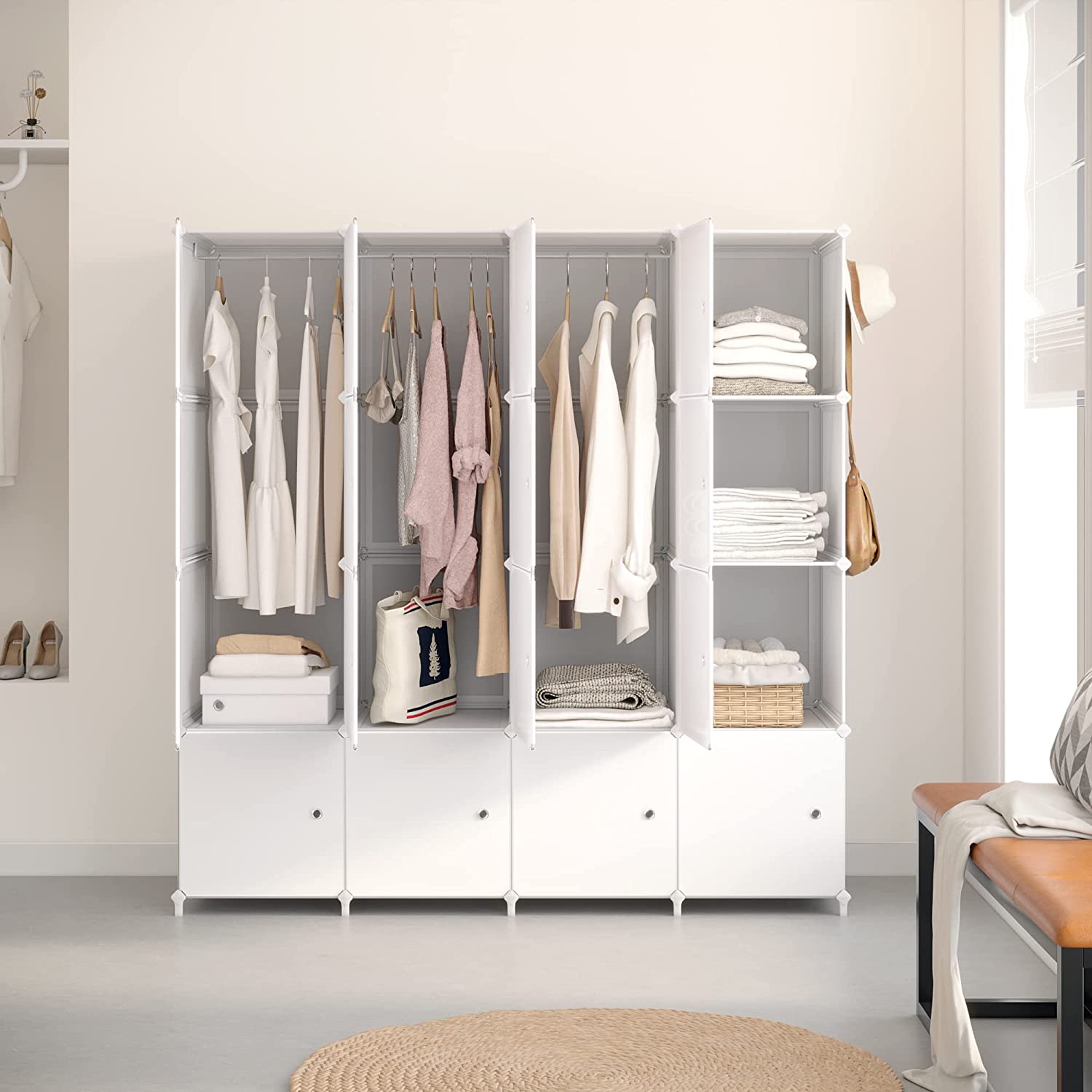


0 thoughts on “How To Organize A Storage Closet”